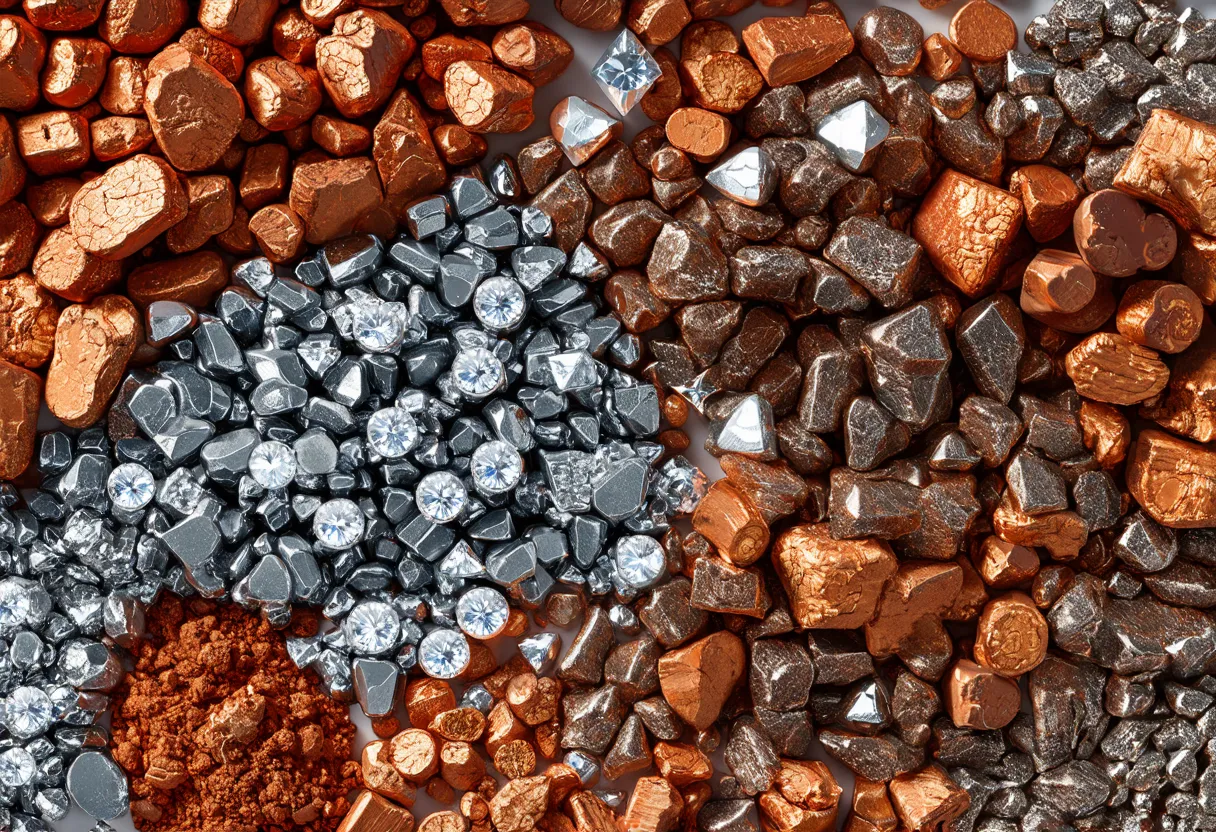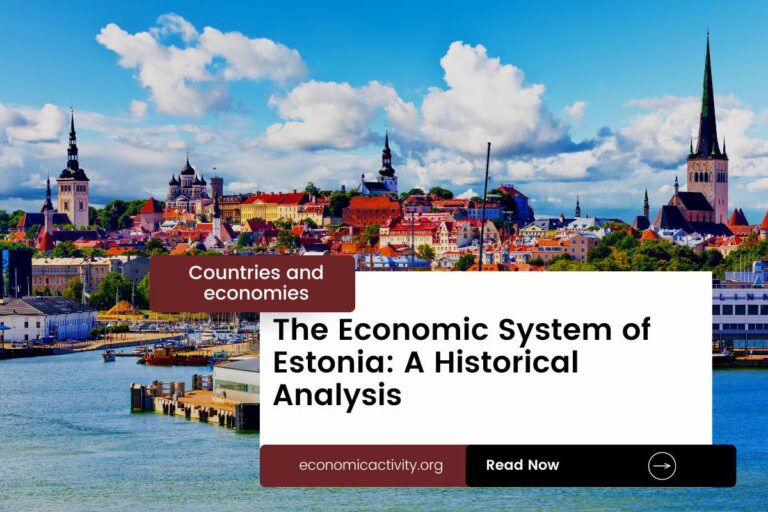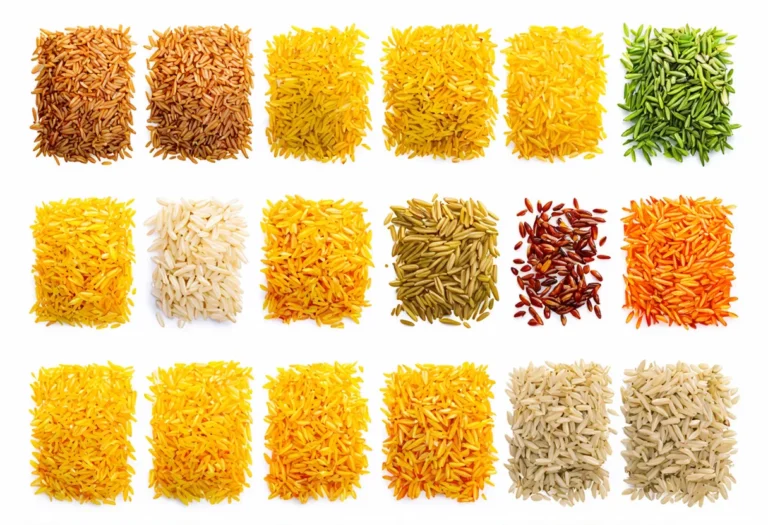Sierra Leone, with a population of 8,605,718, is ranked 99th in the world, just behind Switzerland. Located in West Africa, it covers 72,300 sq. km, ranking 114th globally, just below Panama.
Sierra Leone’s economic position in 2022 reflects a GDP of $4,094,563,859.44, ranking it at 157th globally. It falls behind Eswatini, which has a GDP of $4,790,922,065.61. In terms of GDP per capita, Sierra Leone stands at $475.80, placing it at 183rd worldwide.
It is surpassed by Madagascar, with a GDP per capita of $516.59. Despite facing challenges, Sierra Leone continues to strive for economic growth and development, focusing on sectors such as agriculture, mining, and tourism to improve its economic standing on the global stage.
What are the economic activities of Sierra Leone?
- Primary activities: 60.7% of GDP.
- Secondary activities: 6.5% of GDP.
- Tertiary activities: 32.9% of GDP.

Primary Sector of Sierra Leone
Sierra Leone’s primary sector, mainly agriculture, thrives due to its tropical climate and abundant natural resources. With 54.71% of the land dedicated to agriculture, the country produces a variety of crops and animal products. The top ten agricultural products include cassava, rice, oil palm fruit, vegetables, sweet potatoes, milk, citrus fruits, groundnuts, fruits, and sugarcane.
Despite agriculture contributing 60.7% to the GDP, its significance lies in the diversity and importance of these products to the country’s economy, sustaining livelihoods and food security.
The country’s rich geological diversity contributes to a variety of natural resources. Diamonds, titanium ore, bauxite, iron ore, gold, and chromite are among the primary resources driving the economy, with mining playing a significant role in shaping the country’s economic landscape.
Secondary Sector of Sierra Leone
What is the secondary sector or what are secondary activities?
The secondary sector involves industries that transform raw materials into finished products for consumption. In Sierra Leone, main industrial products include small-scale manufacturing of beverages, textiles, and footwear. These goods are produced for domestic consumption and export, contributing to the country’s economy and employment opportunities.
In 2023, Sierra Leone’s manufactures exports accounted for a small percentage of the total exports, indicating their limited importance in driving the country’s economy and trade dynamics.
Tertiary sector of Sierra Leone
What is the tertiary sector or what are tertiary activities?
The tertiary sector in Sierra Leone encompasses various services that enhance productivity and meet needs through knowledge and time. Key activities include healthcare, education, banking, communication, tourism, and transportation. These sectors contribute significantly to the country’s economic development and societal well-being.
Specifically, Sierra Leone’s tourism industry, with only 71,000 annual arrivals and a mere 0.0083 ratio of tourists to population, plays an insignificant role in the country’s economy. This minuscule contribution highlights the need for diversification and investment in other sectors to drive economic growth.
Another example of tertiary economic activity is the mobile cellular economic sector, which boasts over 8 million subscriptions, facilitating communication and supporting technological advancements across various industries.
Military Activities and Economic Sectors of Sierra Leone
The military is a good example of many economic activities in a country. In Sierra Leone, the military uses resources from the primary sector, like minerals, for its needs. The secondary sector is involved in making military equipment. Services from the tertiary sector help support the military, while the quaternary sector focuses on research and development. High-level decisions in the quinary sector guide military strategy and planning.
In 2023, Sierra Leone’s military expenditure was $22.4 million, which is 0.60% of its GDP. The country has an active military force of 8,500 personnel, resulting in 1.3 active military members for every 1,000 people in the population.
International Trade of Sierra Leone
Import Activities of Sierra Leone

Sierra Leone’s high import activities, accounting for 56.22% of GDP, are crucial for meeting domestic demand and fueling economic growth.
Sierra Leone’s key import activities include sourcing rice, plastic products, refined petroleum, vaccines, and packaged medicine. The country’s top import partners are China (33%), India (12%), Turkey (9%), US (6%), and UAE (5%).
Exports Activities of Sierra Leone

In Sierra Leone, with total exports of $1.3 billion in 2023, accounting for 31.88% of GDP, export activities play a medium to high importance role in driving economic growth and stability.
Sierra Leone’s export activities are diverse, with iron ore, diamonds, and wood being the main commodities. The country’s top export partners include China, Belgium, UAE, Germany, and the Netherlands, with China accounting for 54% of exports.
Sierra Leone economy challenges in 2024
In 2024, Sierra Leone faces challenges with its low-income economy, halted mining activities, post-war recovery, corruption, debt, and high youth unemployment. The country’s natural resources offer potential but are underutilized.




Leave a Reply